How to Unravel the Essential Properties of Rectangles
Rectangles are more than just four-sided figures; they are the embodiment of symmetry, uniformity, and right angles. A special type of parallelogram, rectangles have properties that make them both unique and universally recognizable. Whether on a piece of paper, a computer screen, or in architectural marvels, their distinct characteristics play an integral role in design and functionality. In this exploration, we will delve into the inherent properties of rectangles, shedding light on what sets them apart and why they hold such a prominent place in the realm of geometry.

Step-by-step Guide: Properties of Rectangles
Definition of a Rectangle:
A rectangle is a four-sided polygon, known as a quadrilateral, wherein all four interior angles equal \(90^\circ\). This distinct feature ensures that opposite sides remain parallel to one another.
Equal Opposite Sides:
The hallmark of a rectangle is its equal opposite sides. If one side is \(a\) units long, its opposite counterpart will also be \(a\) units. Similarly, if an adjacent side measures \(b\) units, its opposite will measure the same, \(b\) units.
Area:
The area is a measure of the space enclosed by the rectangle. It is computed by multiplying its length by its breadth.
\(\text{Area} = a \times b\)
Perimeter:
The perimeter represents the total length of the rectangle’s boundaries. It’s calculated by adding all four sides together.
\(\text{Perimeter} = 2(a + b)\)
Diagonal:
Every rectangle boasts two equal-length diagonals. These diagonals not only bisect each other but also do so at right angles. To compute a diagonal’s length, we employ the Pythagorean theorem.
\(\text{Diagonal length} = \sqrt{a^2 + b^2}\)
Examples
Example 1:
Determining Area and Perimeter of a Rectangle.
Given: A rectangle with a length of \(10\) units and a breadth of \(5\) units.
Solution:
A rectangle’s area is calculated by multiplying its length by its breadth. On the other hand, its perimeter is obtained by summing up all its four sides. Since opposite sides of a rectangle are equal, the perimeter can be computed as twice the sum of its length and breadth.
Area:
\( \text{Area} = \text{Length} \times \text{Breadth} = 10 \times 5 = 50 \) square units
Perimeter:
\( \text{Perimeter} = 2 \times (\text{Length} + \text{Breadth}) = 2(10 + 5) = 30 \) units
Example 2:
Computing the Diagonal of a Rectangle:
Given: A rectangle with a length of \(10\) units and a breadth of \(5\) units.
Solution:
The diagonal of a rectangle divides it into two right triangles. Using the Pythagoras theorem, where the diagonal acts as the hypotenuse, we can determine the diagonal’s length.
Diagonal:
\( \text{Diagonal} = \sqrt{\text{Length}^2 + \text{Breadth}^2} = \sqrt{10^2 + 5^2} = \sqrt{125} = 5\sqrt{5} \) units
Practice Questions:
- Imagine a rectangle with a length of \(15\) units and a breadth of \(7\) units. Calculate its area, perimeter, and diagonal length.
- A rectangle has a perimeter of \(44\) units. If its length exceeds its breadth by \(10\) units, determine the dimensions of this rectangle.
- Rectangles have a cousin named the square. Given a square with a side measuring \(9\) units, compute its area, perimeter, and diagonal length.

Answers:
- Area: \(15 \times 7 = 105\) square units. Perimeter: \(2(15 + 7) = 44\) units. Diagonal: \(\sqrt{15^2 + 7^2} = \sqrt{274} \approx 16.55\) units.
- Let the breadth be (x). Thus, the length is \(x + 10\). From the given perimeter, \(2(x + x + 10) = 44\). Solving, we get \(x = 12\). So, the breadth is \(12\) units, and the length is \(22\) units.
- Area: \(9 \times 9 = 81\) square units. Perimeter: \(4 \times 9 = 36\) units. Diagonal: \(\sqrt{9^2 + 9^2} = 9\sqrt{2} \approx 12.73\) units.
Related to This Article
More math articles
- How to Use Memory Tricks to Memorize Math Formulas?
- 7th Grade K-PREP Math Worksheets: FREE & Printable
- Best Calculators for High School Algebra II
- Area of a Parallelogram
- Word Problems of Comparing and Ordering Rational Numbers
- Detour of Variable Changes: A Complete Exploration of Related Rates
- The Ultimate AFOQT Math Formula Cheat Sheet
- How to Solve Word Problems by Adding Three or More Fractions
- Full-Length 7th Grade PSSA Math Practice Test-Answers and Explanations
- Efficient Study Techniques for Tackling Advanced Math Topics





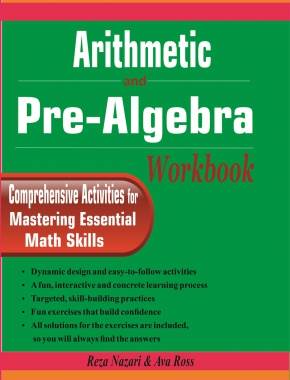
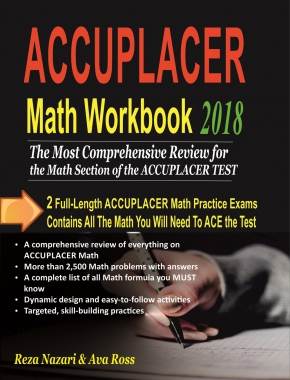
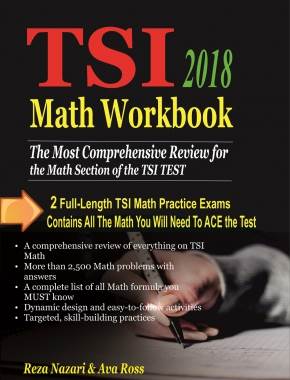







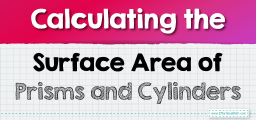

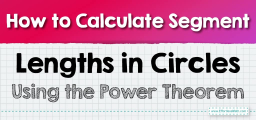

What people say about "How to Unravel the Essential Properties of Rectangles - Effortless Math: We Help Students Learn to LOVE Mathematics"?
No one replied yet.